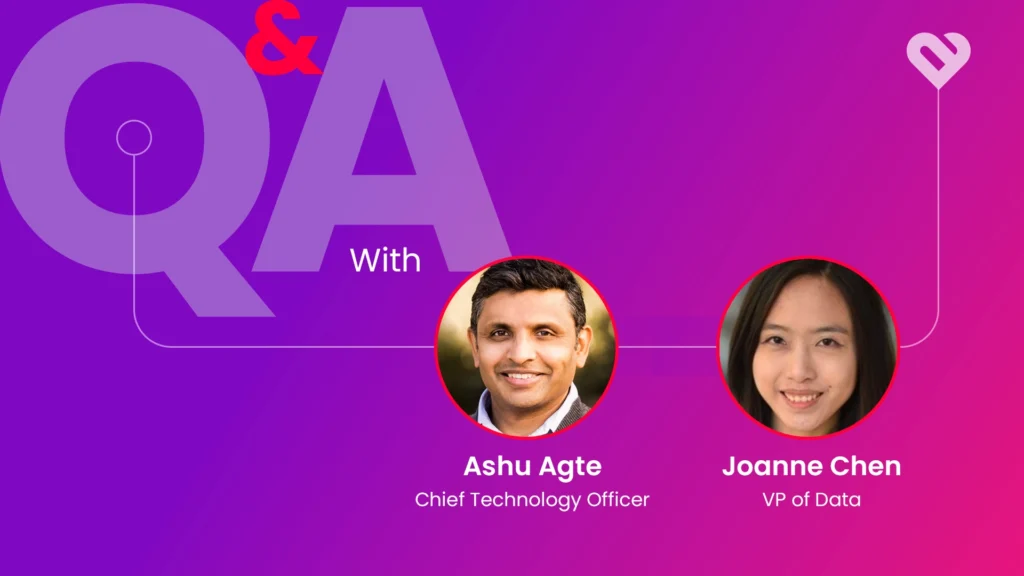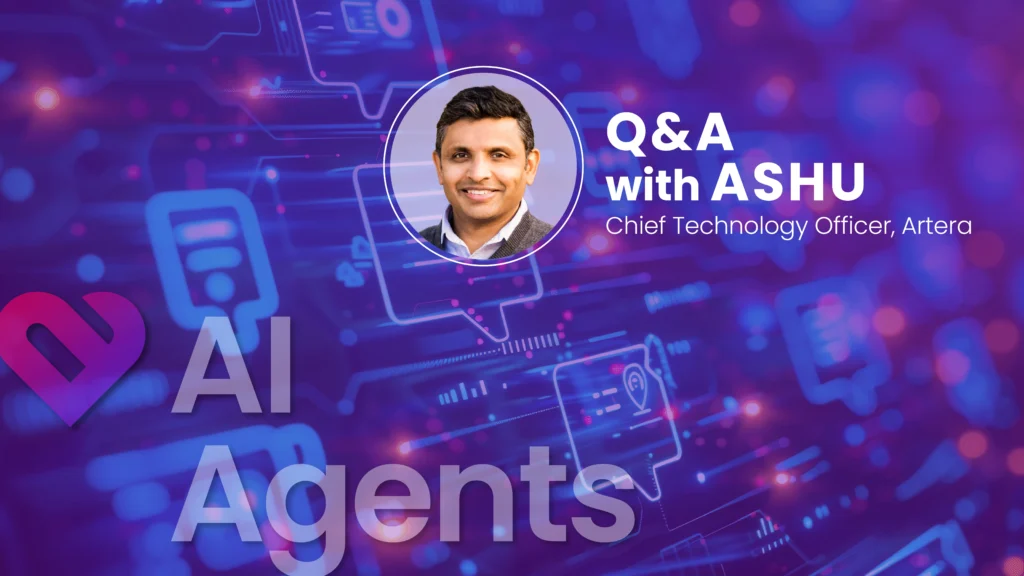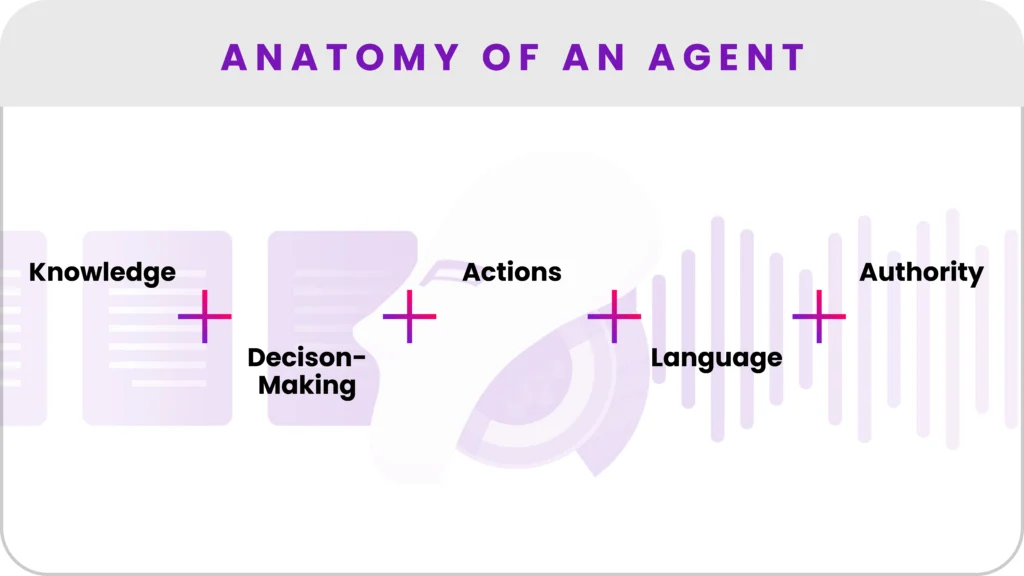At a Glance:
- GenAI at Artera: Artera has a multi-pronged approach to GenAI: first, focusing on simpler use cases like language support, and second, leveraging unique data generated during patient interactions to create personalized experiences.
- The Future of GenAI in healthcare: Optimizing dynamic workflows through patient history and preferences to enhance the patient experience and improve outcomes.
- GenAI Technology Concerns: As with any transformative technology, there are important considerations to address such as data privacy and security, bias and fairness and regulatory compliance.
It’s safe to say we’ve likely all heard about Generative AI (GenAI) at this point – the type of artificial intelligence that can create a wide variety of data, such as text, images, audio or video, often in response to prompts.
GenAI in the healthcare space has the potential to reimagine the industry as a whole, but what does it exactly mean for the patient communications space? Let’s find out.
In this Q&A, our iO leaders, Ashu Agte, Chief Technology Officer, and Joanne Chen, VP of Data, weigh in on the latest and greatest with GenAI and how Artera is using it to further enhance the patient and staff experience. They uncover the various use cases for GenAI, future trends and several concerns of the technology – as well as how we’re safeguarding against them.
Q: Can you speak to the current state of GenAI in Healthcare at Artera? As an organization, how are we using the technology and what sparked the decision to invest deeper into this technology?
Answer, Ashu: The way I think about the GenAI strategy is that it has to be two-fold. The first strategy entails some of the simpler GenAI use cases. For example, in our strategy, we have 109 languages we support in our communications. Before GenAI, we were using Google Translate to automatically translate some of the messages going out and coming in, but GenAI now has a better algorithm for conversations. Something we’re currently exploring is whether GenAI may be a better tool than just a simple Google Translate.
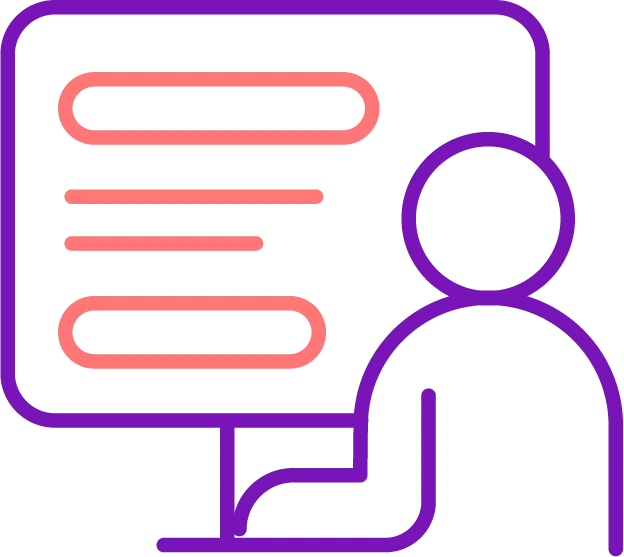
Another example where GenAI can help is in our staff console. If a staff member needs the context behind a patient, GenAI can summarize the conversation from a certain date and put it as metadata, feeding that conversation into the APIs where we get a summary back and can post it for the staff agent to review instead of sifting through tons of messages for previous context – saving tons of time for staff.
Additionally, when staff communicates with patients via Artera, GenAI can create relevant content to send with just two to three keywords. This is where GenAI can become interesting. There’s a lot of optimization where content creation and generation needs to happen.
The second strategy is the more interesting part for me, however: when the data that’s getting generated is unique. We know that every single conversation creates a sentiment from a patient standpoint. As more and more conversations happen with an individual patient, GenAI can create a patient profile, identifying the unique patient preferences, such as what day or time of the week a patient prefers to schedule appointments. Based on its predictive nature, GenAI will then be able to take action on that the next time they schedule, making a patient’s life better by acknowledging their needs.
Ultimately, we need to think about these strategies in parallel – not just a single one.
Answer, Joanne: Investing in GenAI is a strategic decision that helps advance our provider customers on their digital transformation journey. By implementing GenAI, we can streamline administrative tasks, such as appointment scheduling, billing inquiries and medical record management, as well as personalize every touchpoint in care for a more emphatic, whole-person patient experience.
Our strategy is multifaceted. Initially, we’re investing in GenAI for the development of personalized outreach and virtual assistants – intelligent systems facilitating more individualized and efficient interactions between medical staff and patients. Moreover, GenAI is employed to enhance the understanding of patients’ incoming queries, improving aspects like multi-language translation and intent mapping. This aims to unlock the potential for health systems to automate response pathways, streamlining processes effectively. For instance, addressing prescription refill requests, a common patient query, through accurate intent mapping allows for automated routing to the relevant clinical staff, eliminating the need for manual re-routing at the front desk or call center.
Q: How do you think generative AI will shape the patient communications space? What kinds of trends are you seeing?
Answer, Ashu: Optimizing complex, dynamic workflows with learning models on what’s the best outcome for the patient is going to help a lot. The ability to build trees and flows to optimize the patient experience in an ever-learning model will be incredibly helpful. For example, let’s say there’s a patient who has an upcoming appointment, and there is a 7-day reminder that goes out to them. However, the model knows that this patient has missed 50% of their appointments in the past two years – without responding back. Should the model follow the traditional 7-3-1 day reminder model or should it do something else, knowing there’s a 50-50 chance the patient may not show up?
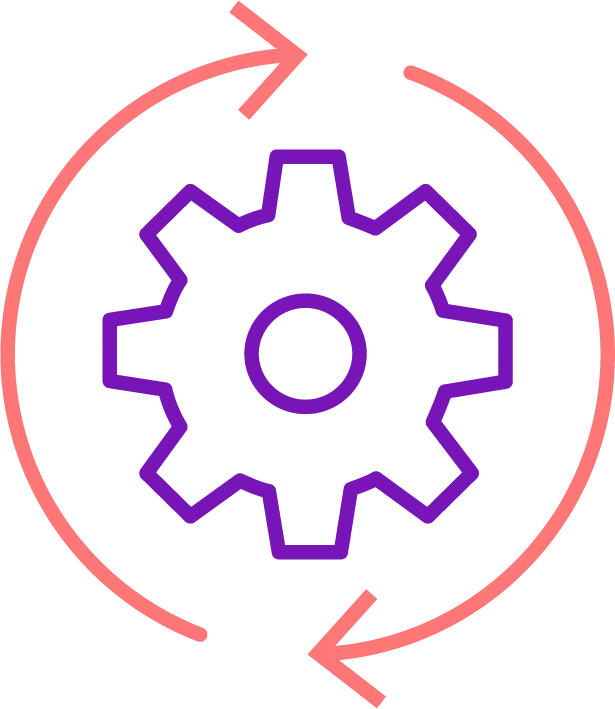
Based on the patient history and approaches, we can see a real impact in terms of optimizing these types of workflows. Creating that flexibility is going to create that personalization, which is key. We can create the content with GenAI but there has to be some prompt engineering so that the right content gets generated – there’s a glue that needs to be connected between them. The glue needs to come from the data inside the app that’s been processed so that patient preferences get put into GenAI and then passed on to the next steps.
Answer, Joanne: I expect that GenAI will experience swift adoption in healthcare, targeting immediate and easily attainable opportunities. These include tasks like summarizing medical records, deploying virtual assistants for staff, and enhancing personalized engagement with patients. To fully unleash its capabilities and revolutionize the healthcare sector, a collaborative endeavor is required to establish a strong regulatory framework for effective risk management.
Q: Are there any concerns we have about generative AI? If so, what are they, and how are we safeguarding against them?
Answer, Ashu: One of the things that is a bit more nuanced about IT and health tech is that you have to navigate data and compliance issues as you explore a lot of these AI and machine learning models, as well as data science strategies.
If you’re thinking about making an AI play in the health tech space, make sure you have customer consent to use the data. In fact, honoring customer consent is the number one priority for us, as well as making sure HIPAA regulations are working.
Answer, Joanne: Just like any other transformative technology, there are important considerations about GenAI that we must actively address:
- Data Privacy & Security: We prioritize data privacy and security by implementing strong encryption protocols, access controls, and conducting regular security audits. Compliance with data protection regulations is a top priority. Additionally, our GenAI training processes strictly adhere to guidelines, ensuring the use of fully anonymized information.
- Inappropriate Content: We know that health care requires precision. Since GenAI is prone to mistakes, we mandate medical staff to review and approve patient-facing content before sending. Safeguards are in place to ensure its appropriateness before transmission.
- Bias and Fairness: Addressing the added complexity introduced by GenAI, efforts are underway to establish guidelines for bias mitigation. This involves regular bias assessment and active monitoring to ensure fairness in the process.
- Regulatory Compliance: The landscape for GenAI regulation is constantly changing. To safeguard this, we monitor regulation changes regularly, proactively adjust our practices to ensure compliance and stay informed about industry standards.
To hear more from our leaders about GenAI, check out this CareMinds Podcast episode featuring Agte (above) and this Builtin LA piece featuring Chen.
